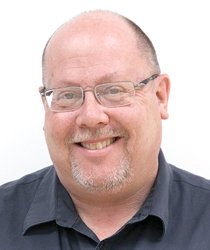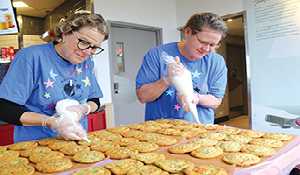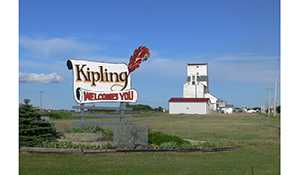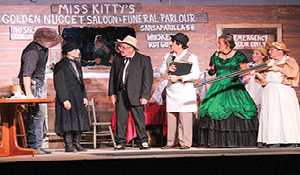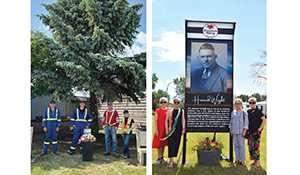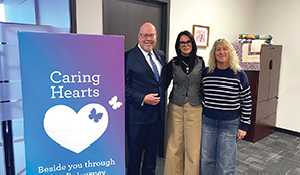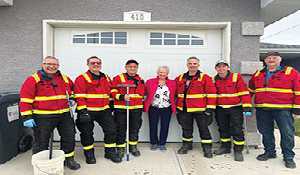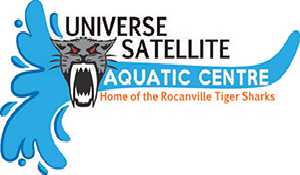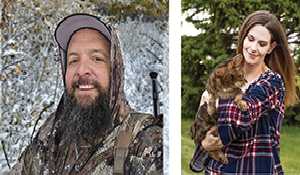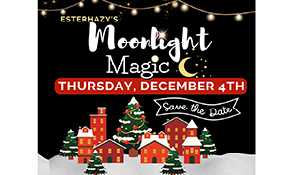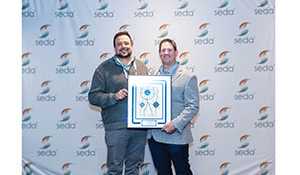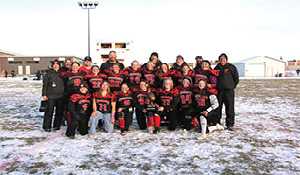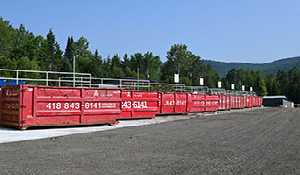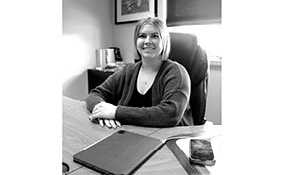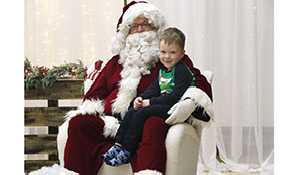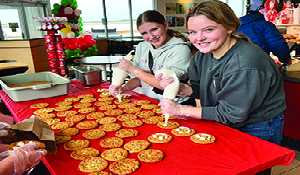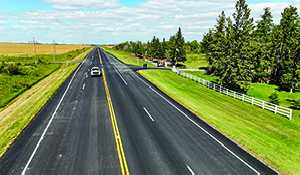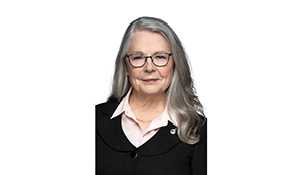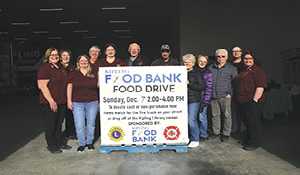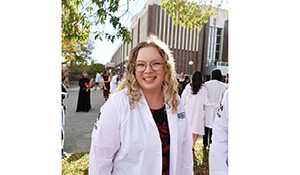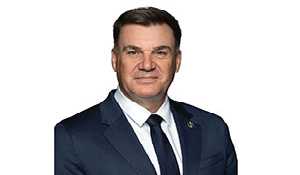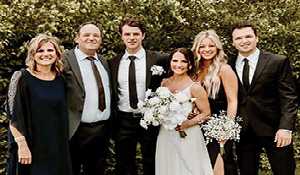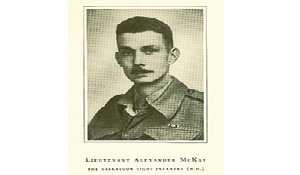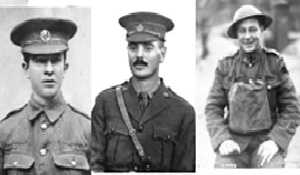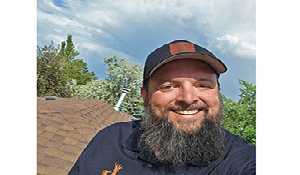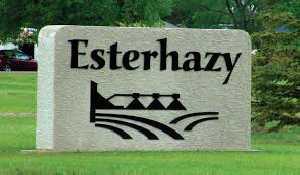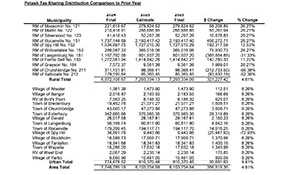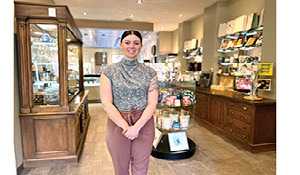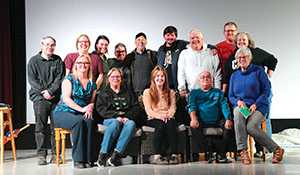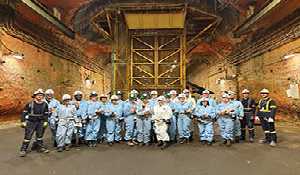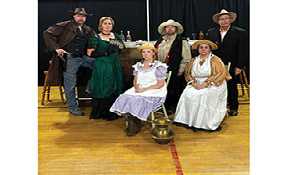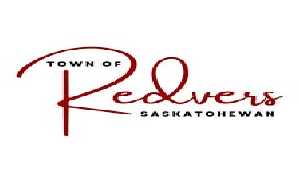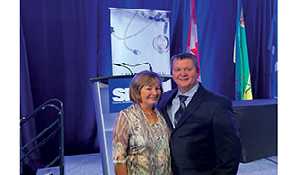This area all about diversity
April 24, 2019, 10:08 am

Last week I sat in on a planning session with some consultants who are working on an Official Community Plan for Moosomin.
The consultants were looking for input from various individuals about the town’s future direction.
Ultimately, under the direction of town council, an community plan will be produced touching on the town’s priorities, and the zoning bylaw will be updated to reflect the priorities in the community plan.
Early in the session the consultants went over the town’s vision statement.
The town’s current vision statement is: “A progressive and diverse community committed to continued growth, Moosomin will be a destination of choice for families and business.”
Part of the process the consultants led us through was looking over that vision statement and focusing on what some of the concepts mean to us.
There was some discussion around the word diversity and what it means in the context of Moosomin—diversity of population, diversity of the local economy, diversity of opportunity.
The town adopted “Strength through Diversity” a couple of years back.
Moosomin and this entire area always have been very diverse.
In recent years we have seen many new immigrants from the Philippines, from Honduras, from Korea, from China, from India, from South Africa, and from Ukraine.
Our Filipino immigrants were welcomed with open arms and have become an important part of the community. We have some Filipino-owned businesses, and this summer the Living Skies Come Alive Fireworks Competition at Moosomin Regional Park will feature Canada versus the Philippines, with the local Filipino community participating, serving food and showing off some of their culture.
Our Honduran community has also become an important part of the community. One of the consultants had heard what the community had done to help Victor and Lesi and their family—seeing our community rally around and help this family stay in Canada had an impact on a lot of people far beyond Moosomin.
Likewise our other new immigrant groups—there are business owners from among all the immigrant groups—have become fully part of our community, and they have made our community better.
For the last three summers we have had multicultural celebrations, We have had participation from the Philippines, Honduran, Korean, Indian, South African, and Ukrainian communities at those events.
For two years we had a Ukrainian Gala in Moosomin featuring Ukrainian dance and food prepared by our new immigrants.
This area truly celebrates diversity, and that’s nothing new.
When I first came to Moosomin I was surprised by the diversity of the communities around the area—the French communities of St. Lazare and Bellegarde that work hard to preserve their francophone culture, the folks in the New Finland area that keep alive many of the Finnish traditions, from the saunas they all have to the giant bonfires in midsummer, the Hungarian communities of Bekevar and Kaposvar, the Mennonite community of Kola, Manitoba, the Hutterite colonies, just to name a few.
A few weeks back I listened to a sermon in Hungarian at the Bekevar church then enjoyed a lunch of chicken paprikash, a Hungarian specialty.
I have visited the Hutterite colonies which are part of our wider community—see the article on page 21 about the Plainview Colony’s win in the pork competition at the Royal Manitoba Winter Fair.They are donating the prize money to Moosomin’s South East Integrated Care Centre.
I have been shown the Moose Mountain Medicine Wheel on the Pheasant Rump First Nation and participated in a sweat lodge at that First Nation.
I was presented with a Metis sash by the Metis community at St. Lazare in appreciation for our coverage of some of their Louis Riel Day events. The Metis history in this area goes back to the 1700s, as Metis communities sprang up around Fort Ellice (near what is now St. Lazare), Fort Esperance north of Rocanville in the Qu’Appelle, and Fort John a little farther up river. I have in my office the transcription of a journal kept by one of the people at Fort Esperance in the 1790s—it provides a fascinating glimpse into life in this area more than 200 years ago—the accidental discharge of a musket causing injury, people getting lost in blizzards travelling between forts in the winter, Mandan people travelling 10 days to Fort Esperance to trade furs for tobacco, the long canoe journey from Fort Esperance to the Forks at Winnipeg.
Most of the groups that settled here remained permanently part of the area. One that there isn’t much left of is the Jewish settlement west of Rocanville and north of Wapella that started in the 1880s and lasted to the middle of the last century. One of our readers in England (yes, we have readers in England) recently sent me a book on the history of the Wapella Jewish settlement. A photo shows a healthy congregation celebrating the Jewish new year at Wapella in 1911. A lot of people may not realize that the Bronfman family—who later made their fortune with Seagrams—first settled in this area when they came to Canada. There is still a small Jewish cemetery in the area of the settlement, and Barish Lake is named after one of the families.
The point is, this has always been a very diverse area. People have the idea that in the past rural communities were more homogenous, but they have always been very diverse, in the future they will become even more diverse, and that is something to celebrate.
